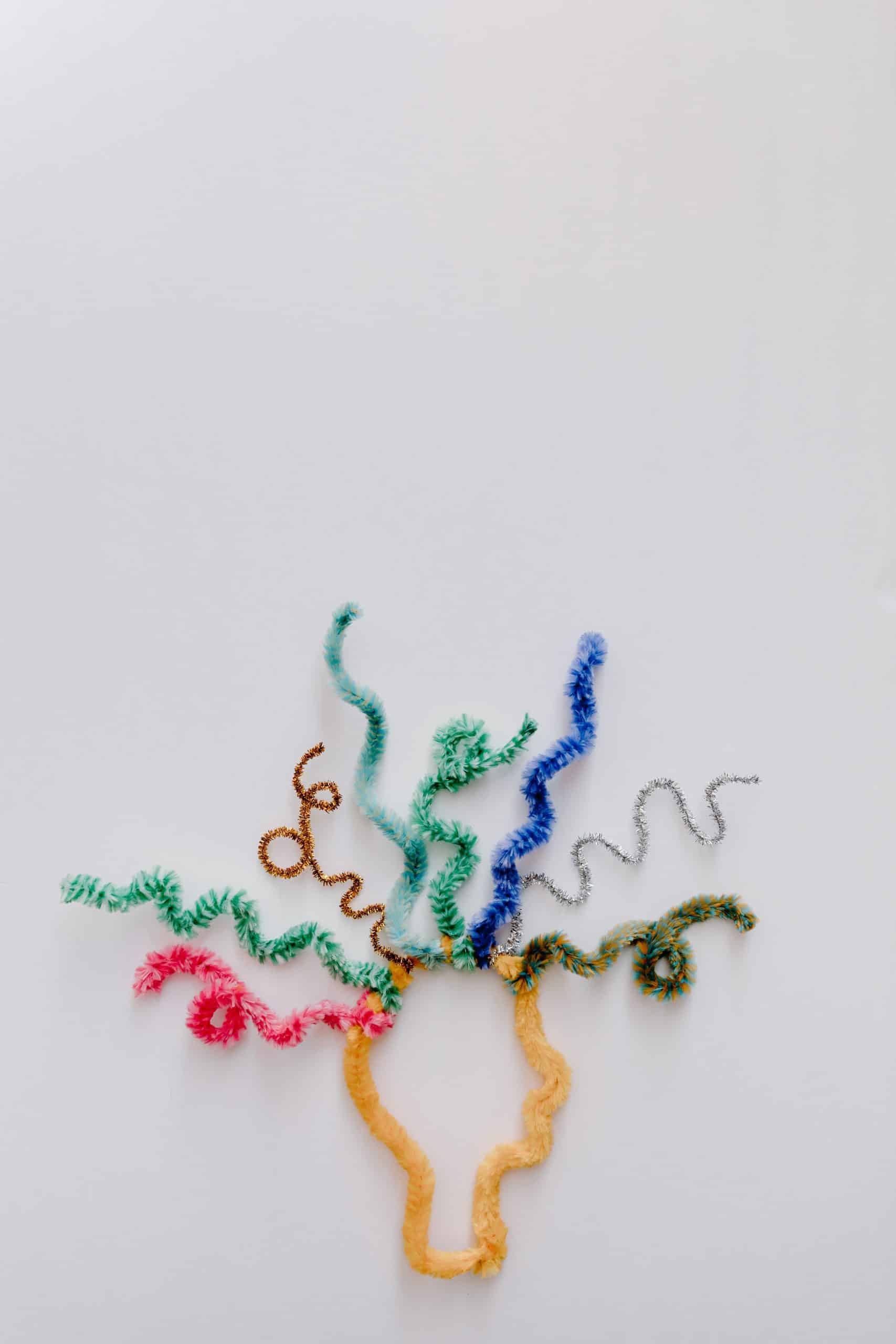Table of Contents
In October, mental health institutions raise attention-deficit/hyperactivity disorder (ADHD) awareness. Lack of knowledge of the condition has resulted in falsehoods and misinterpretations surrounding it. While we try to reframe what ADHD is, let’s first debunk the common myths.
Myth #1 – ADHD is not a real medical condition
“They are just lazy, and overly active.” Some people prefer to gloss over the fact that ADHD is a bona fide medical problem. Brain development in kids who have ADHD defers from those who don’t, and the condition is hereditary. People with ADHD go through substantive struggles as symptoms can be indubitably disruptive to daily life.
Myth #2 – They can’t pay attention and focus
People with ADHD may have trouble focusing, but they may also swing to the other extreme and focus intensely. Hyper focusing happens when they are fired up and are very interested in their project. When that occurs, they may spend hours and hours doing that one thing.
Myth #3 – They are all hyperactive
Not everyone with ADHD experiences it the same. There are three types of the condition and one can tell which by looking at the signs. One type is ‘hyperactive-impulsive.
Symptoms of hyperactivity will fall under this type, and they also struggle with impulse control.
Another will be ‘predominantly inattentive. They are easily distracted and have trouble paying attention, but do not have much trouble with impulsivity or hyperactivity.
Sometimes they may be referred to as having attention-deficit disorder (ADD). The final type is ‘combined’ which exhibit symptoms from the former types.
Myth #4 – Just lazy, and need to try harder
It’s not a lack of motivation or just laziness, but people with ADHD really struggle to focus or stay still. Because it’s not an attitudinal problem but a scientifically medical one, they can’t just change how their brain functions.
Myth #5 – It only happens to boys
Statistically, boys are twice as likely as girls to be diagnosed with ADHD, but that does not exclude females from the picture. ADHD in girls may look different as they tend to have less trouble with hyperactivity and impulse control so they may also be undiagnosed or overlooked.
Myth #6 – ADHD is a learning disability
ADHD can affect learning progress, but it isn’t a learning disability. When one possesses a learning disability, it may be an uphill task acquiring skills such as reading or doing math.
ADHD on the other hand impinges on global skills such as paying attention and controlling impulses. As a result, the lack of attention makes it difficult for one to fully absorb information. Frequently, many who have ADHD also have a learning difficulty, and it is thus easy to agglomerate both.
Myth #7 – You can outgrow ADHD
Symptoms may lessen or disappear when one gets older, but people with ADHD don’t outgrow it. Some children may also learn how to manage their symptoms better as they grow older, but the condition continues into adulthood. Adults with ADHD display symptoms such as being forgetful or zoning out during conversations.
Myth #8 – ADHD is a result of bad parenting
Some people blame the parents. It could be true that the child inherited the condition because a parent has it, but it is not because of bad parenting.
It may appear that the child is ill-disciplined when they don’t listen or act fidgety, but it could be that they have ADHD, a medical condition that they did not choose to have. No parent will wish ADHD upon their child too!
What exactly is ADHD?
ADHD is one of the most common neurodevelopmental disorders that can stem from childhood.
Symptoms appear in children and they last into adulthood. The most obvious signs children display include trouble focusing or staying still. They seem to be hyperactive and are not able to concentrate.
As a result, their progress in learning may be affected. Some other symptoms include talking too much, having difficulty getting along with others and daydreaming excessively.
Causes of ADHD
ADHD has been traced to have neurological origins. It is hereditary and research has also suggested that low levels of dopamine are a factor. Dopamine, a chemical in the brain, helps transmit signals from one nerve to another.
It also helps to trigger emotional responses and movements. Findings also suggest that people with ADHD have structural differences in their brains and they have less grey matter, which helps with decision making, self and muscle control and speech.
Exposure to neurotoxins have also been connected to ADHD. Lead and pesticides contain such neurotoxic chemicals and these have adverse effects on children’s neurodevelopment.
Smoking and alcohol during pregnancy are also suspected causes, according to a study in 2012.
Treatment for ADHD
Medication would be the first line of treatment, but understandably, parents are usually hesitant to put their child on pills. A psychiatrist will be able to advise on the apprehension and choose what type of medication might be the best. The two main types are stimulants and nonstimulants.
The most commonly prescribed class of ADHD drugs would be central nervous system stimulants. These drugs build up brain chemicals dopamine and norepinephrine to produce a calming effect, that in turn reduces hyperactivity and enhances attention span.
Non Stimulants increase levels of norepinephrine in the brain, which helps with attention and memory.
For side effects, refer to this article at the Child Mind Institute.
Medication may help, but treatment includes therapies as well. Therapists may help the child with ADHD adopt ways to circumvent their symptoms and manage them.
Psychotherapy can encourage an ADHD child to open up about their feelings when coping with ADHD. It also helps with relationship management between the person with ADHD and others.
Therapists also adopt behaviour therapy to teach one to monitor their behaviours and appropriately alter their responses in situations. For a child, they can learn suitable behaviours by introducing a token reward system to reinforce positive behaviours.
Cognitive behavioural therapy aims to change negative patterns of thought processes, and replace them with positive ones. This therapy can help with time management and procrastination as it can prevent them from getting too engrossed in a task in search for perfection.
Other treatments include social skills training and training for parents. Parents are equipped with tools and techniques for understanding and managing their children. It may be helpful to also be part of a support group to connect with others who share similar experiences.
“ADHD awareness is growing around the world, but there’s still a huge lack of understanding, a lot of misconception about what ADHD is and what it isn’t,” says Roxanne Fouché, director of the ADHD Awareness Month Coalition.
“When you think about it, when there are people who are not recognised, and are not getting treated for ADHD, it takes this huge toll on their mental health, on their general well-being, on communication and relationships, on unemployment, underemployment, health, estimated life expectancy. The more that we can get the word out of what ADHD is, the more people can be assisted and helped, and it’s good for everybody. It’s a win-win.”
Sources
https://www.understood.org/articles/en/common-myths-about-adhd
https://www.cdc.gov/ncbddd/adhd/facts.html
https://childmind.org/article/side-effects-of-adhd-medication/
https://chadd.org/awareness-month/
Known as Nate, I am someone who cannot quit wielding the pen or punching the QWERTY, no matter where life brings me. Writing has always been the most effective conduit for channeling my wanted or unwanted opinions since I was an undergraduate at NUS. Naturally, I used this skill as a means of sustenance after working as a writer and editor for many years until I decided to start a business in music. That did not put a halt to my marriage with the vernacular.
In October 2016, I graduated with my Masters in Visual and Media Anthropology, which is the study of cultures through films and photography, at Freie Universität Berlin. This transitory period of residing in two cities has pushed the boundaries of my creativity and my battles with word count have not ceased.
Now a new mode of writing, the academic one, has been added to my existing smorgasbord of corporate and lifestyle collaterals, articles, advertisements, annual reports and books. At the moment, my learning curve is an uphill journey as I attempt to grasp the camera for stills and motion clips, while I juggle that with developing my love affair with my other mode of expression – electronic music.














